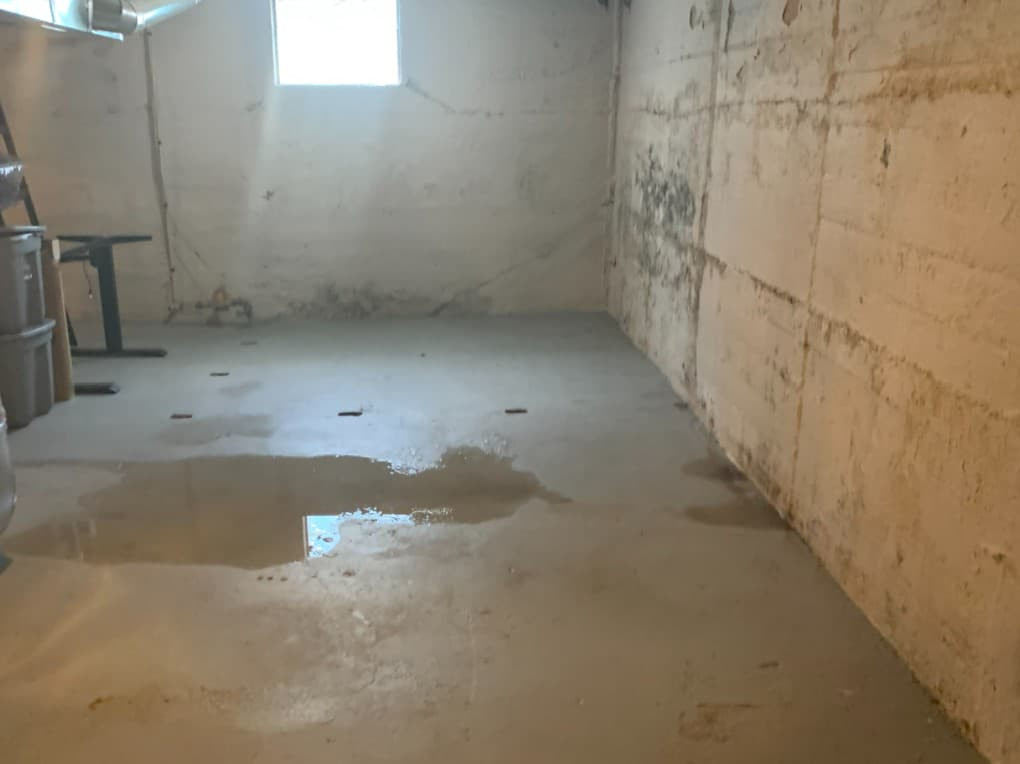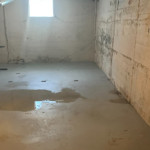Waterproofing your basement is a critical task that can prevent costly damage and maintain a healthy living environment. While some waterproofing projects may require professional assistance, many steps can be taken by homeowners to protect their basements from water intrusion. This step-by-step guide will walk you through the process of DIY basement waterproofing, covering essential techniques and tips to keep your basement dry and safe.
Assessing Your Basement
Identifying Problem Areas
Start by conducting a thorough inspection of your basement to identify areas where water might be entering. Look for visible signs of water damage, such as damp spots, mold, mildew, or efflorescence (a white, powdery substance on walls). Pay attention to cracks in the foundation walls and floor, as these can be common entry points for water.
Understanding the Source of Water
Determine whether the water intrusion is due to external factors (such as poor drainage or high groundwater) or internal factors (such as condensation or plumbing leaks). Understanding the source of the problem will help you choose the most appropriate waterproofing solutions.
Improving Exterior Drainage
Clean and Maintain Gutters and Downspouts
Ensure that your gutters and downspouts are clean and free of debris. Clogged gutters can overflow and direct water towards the foundation. Regularly clean and maintain your gutters to prevent this issue.
Extend Downspouts
Extend downspouts at least 5-10 feet away from the foundation to direct water away from the basement. Use downspout extensions or splash blocks to achieve this.
Grade the Landscape
Ensure that the ground around your home slopes away from the foundation. A slope of at least 6 inches over 10 feet is recommended to effectively divert water away from the house. You may need to add soil and regrade the landscape to achieve the desired slope.
Install Exterior Drainage Systems
Consider installing a French drain or other exterior drainage systems to manage groundwater and surface water around your foundation. A French drain consists of a perforated pipe buried in a trench filled with gravel, which redirects water away from the foundation. This can be a more advanced DIY project, but it can significantly reduce hydrostatic pressure and prevent water infiltration.
Sealing Cracks and Gaps
Repair Foundation Cracks
Small cracks in the foundation walls and floor can be sealed using hydraulic cement or epoxy injections. Clean the cracks thoroughly to remove any loose debris, then apply the sealant according to the manufacturer’s instructions. For larger or more complex cracks, you may need to consult a professional.
Seal Gaps Around Pipes and Fixtures
Check for gaps around pipes, vents, and other fixtures that penetrate the foundation walls. Use polyurethane caulk or expanding foam to seal these gaps and prevent water from entering.
Interior Waterproofing Solutions
Apply Waterproof Coatings
Waterproof coatings, such as masonry waterproofing paint or sealant, can be applied to the interior walls and floor of the basement. These coatings create a barrier that helps prevent water from seeping through the foundation. Clean and prepare the surfaces before applying the coating for best results.
Install a Sump Pump
A sump pump is an effective solution for managing water that enters the basement. To install a sump pump, dig a sump pit in the lowest part of the basement floor, place the pump in the pit, and connect it to a discharge pipe that directs water away from the house. Regularly test and maintain the sump pump to ensure it operates correctly during heavy rains or flooding.
Set Up an Interior Drainage System
Interior drainage systems, also known as French drains or weeping tiles, can be installed along the perimeter of the basement floor. These systems collect water that enters the basement and channel it to a sump pump or floor drain. Installing an interior drainage system can be a more involved DIY project but can provide effective protection against water intrusion.
Controlling Humidity and Ventilation
Use Dehumidifiers
A dehumidifier can help control humidity levels in the basement, reducing the risk of condensation and mold growth. Choose a dehumidifier with a capacity appropriate for the size of your basement and empty the water reservoir regularly or connect it to a drain for continuous operation.
Improve Ventilation
Ensure proper ventilation in your basement to promote air circulation and reduce moisture buildup. Install exhaust fans or open windows and vents to allow fresh air to enter and humid air to exit. Consider using a whole-house ventilation system for more comprehensive moisture control.
Preventing Future Water Problems
Regular Maintenance
Regularly inspect your basement and foundation for signs of water damage or new cracks. Address any issues promptly to prevent them from worsening. Keep gutters and downspouts clean and ensure that drainage systems are functioning correctly.
Test Sump Pumps
Periodically test your sump pump to ensure it is working correctly. Pour a bucket of water into the sump pit to trigger the pump and verify that it effectively removes the water. Consider installing a battery backup system to keep the pump operational during power outages.
Monitor Humidity Levels
Use a hygrometer to monitor humidity levels in your basement. Aim to keep humidity below 60% to prevent mold growth and condensation. Adjust your dehumidifier settings and ventilation as needed to maintain optimal humidity levels.
Address Landscaping and Irrigation
Be mindful of landscaping and irrigation practices that can affect drainage around your home. Avoid planting water-intensive plants near the foundation and ensure that irrigation systems do not oversaturate the soil around the house. Maintain proper grading to prevent water from pooling near the foundation.
DIY basement waterproofing can be a rewarding and cost-effective way to protect your home from water damage. By following the steps outlined in this guide, you can address common sources of water intrusion and implement effective solutions to keep your basement dry and safe. Regular maintenance and proactive measures will help ensure that your waterproofing efforts are successful and long-lasting.
Remember, while many waterproofing tasks can be completed by homeowners, some situations may require professional assistance. If you encounter significant structural issues or severe water problems, don’t hesitate to consult a qualified contractor to ensure your basement is properly protected.
Contact the Professionals at Budget Dry Waterproofing Today! 203-421-8560





